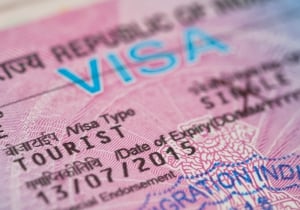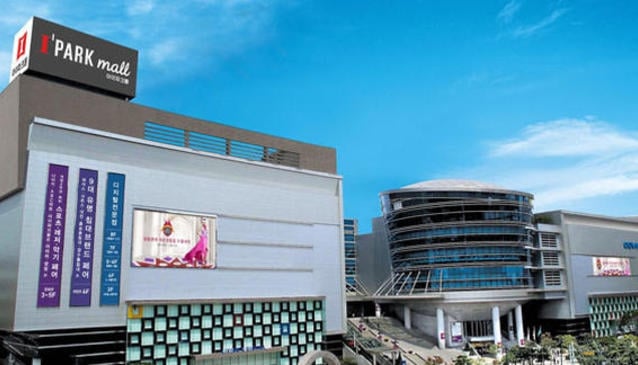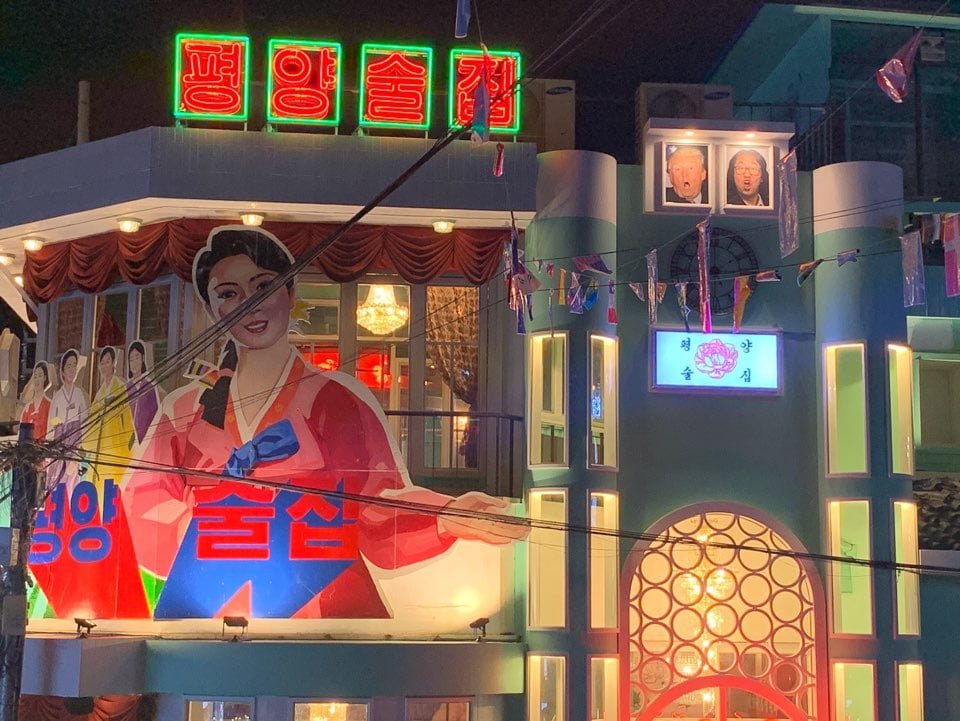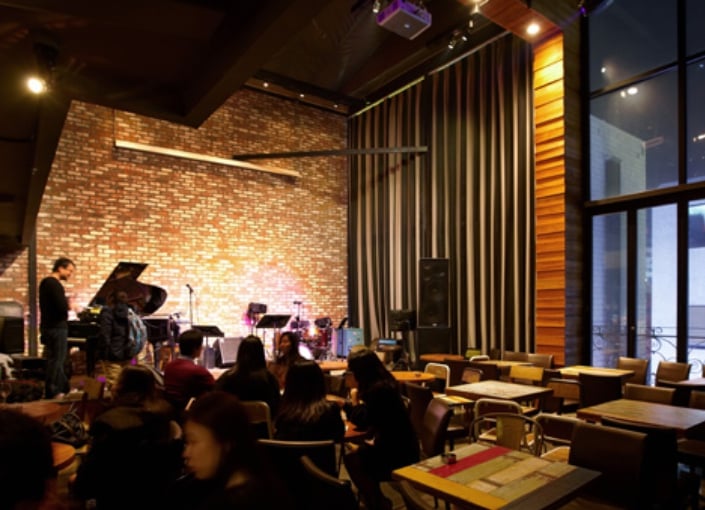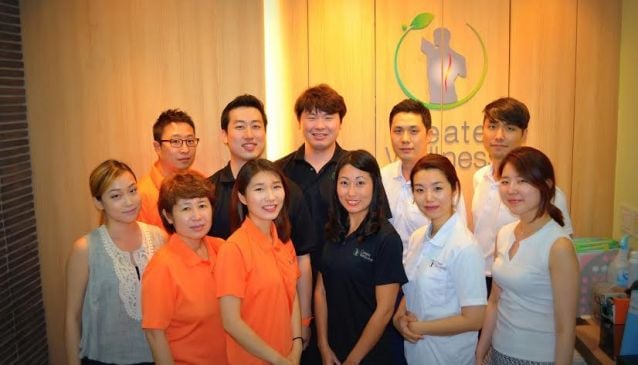Laser Eye Surgery Price in Seoul, Korea | Costs of LASIK, LASEK, SMILE & ICT
What is the cost of laser eye surgery in Korea and why is it so much cheaper that the rest of the world?
Vision correction surgery has become a frequently performed surgery all across the world. You can pretty much go anywhere to get your vision fixed. Where you end up going will depend on various factors. These include: location, local clinic quality, ophthalmologist skill and your budget.- Local clinic quality - If you live in a country that offers superior medical services, the difficult choice is finding the right clinic with a doctor that you like at an affordable price.
- Location - The country you are situated in obviously plays a large part in whether you will have the procedure done there or not. In case you are from a country where you do not trust the medical services, or feel you can get better options abroad, visiting another country is also an option. It is very common for individuals to fly to other cities or even countries in search of better medical services.
- Quality - One of the biggest determining factors when choosing a clinic that you trust to work with your eyes is the surgeon's surgical history and skill. If you find a doctor that has a proven track record that is always a good sign. This is easier said than done with all the fake reviews online these days.
- Cost - But, we have found that PRICE is the most important thing for people when choosing a final clinic for a vision correction.

Table of Contents
What Is Laser Eye Surgery?
There are three popular types of laser eye surgeries: LASEK, LASIK, and SMILE. These procedures are used to correct refractive errors such as myopia (nearsightedness), hyperopia (farsightedness), and astigmatism, enhancing visual acuity and potentially eliminating the need for glasses or contact lenses.
1. LASIK (Laser-Assisted In Situ Keratomileusis)
LASIK is currently the most popular laser eye surgery. The procedure involves two main steps:
- Creating a Flap: The first step involves using a microkeratome (a precise surgical instrument) or a femtosecond laser to create a thin, circular flap in the cornea, the clear front part of the eye. This flap is gently lifted to access the underlying corneal tissue.
- Reshaping the Cornea: Once the flap is lifted, an excimer laser is used to reshape the corneal tissue. This reshaping is customized based on precise measurements taken before the surgery and is designed to correct the specific refractive error of the patient. After the cornea is reshaped to properly focus light onto the retina, the flap is laid back in place, where it heals naturally without the need for stitches.
LASIK is known for its rapid recovery times and minimal discomfort, with many patients experiencing improved vision almost immediately after the surgery.
2. LASEK (Laser-Assisted Subepithelial Keratectomy)
LASEK is similar to LASIK but typically used for patients with thinner corneas or other issues that make them less suitable for LASIK. The key steps are:
- Treating the Epithelial Layer: Instead of creating a flap in the cornea, a much thinner layer of the outermost corneal epithelium is treated with an alcohol solution to loosen it. The epithelial sheet is then rolled back or removed.
- Reshaping the Cornea: With the epithelium removed or moved aside, the underlying cornea is reshaped using an excimer laser in much the same way as in LASIK.
- Replacing the Epithelium: After the laser treatment, the epithelial layer is either replaced or allowed to regenerate naturally.
Recovery from LASEK is generally slower than LASIK, with more discomfort during the initial healing phase, which usually involves wearing a protective contact lens while the epithelium heals.
3. SMILE (Small Incision Lenticule Extraction)
SMILE is a newer, less invasive technique that provides an alternative to LASIK and LASEK, especially useful for patients with myopia, potentially with astigmatism:
- Creating a Lenticule: Using a femtosecond laser, a small disc-shaped piece of corneal tissue, known as a lenticule, is created inside the intact cornea.
- Removing the Lenticule: A small incision (2-4 mm) is made on the surface of the cornea, through which the lenticule is extracted.
By removing the lenticule, the shape of the cornea is altered, thus changing its focusing power. SMILE's advantage includes a minimally invasive procedure with a reduced risk of dry eye symptoms, as fewer corneal nerves are affected due to the smaller incision.
4. ICL (Implantable Collamer Lens)
ICL, or Implantable Collamer Lens, is a type of refractive surgery designed to correct vision by implanting a biocompatible lens inside the eye. The procedure is an alternative to corneal-based refractive surgeries like LASIK and SMILE, particularly suitable for patients who are not candidates for these because of thin corneas, dry eyes, or severe myopia (nearsightedness).
An Implantable Collamer Lens (ICL) is made of a biocompatible material called collamer, which is highly biocompatible and well-tolerated by the eye. Collamer is a collagen copolymer that contains a small amount of purified collagen; it is flexible, durable, and UV protective. The ICL is designed to reside permanently in the eye but can be surgically removed or replaced if necessary.
Each of these surgeries has its own indications, advantages, and considerations. The choice of procedure depends on individual factors including corneal thickness, specific refractive error, lifestyle, and other eye conditions. An eye surgeon can help determine the most appropriate procedure for a patient after a thorough examination and discussion of their visual needs and expectations.

Best Laser Eye Surgery Clinics in Korea
The clinics below are listed among the top choices for eye laser surgery in South Korea, known for their advanced technology, experienced medical teams, and comprehensive treatment options. Here's a brief overview of each to highlight their strengths and offerings:
1. BGN Eye Clinic
- Expertise and Experience: With a strong team comprising 28 doctors and over 300 optometrists, BGN Eye Clinic has a rich history of conducting over 500,000 vision correction surgeries since opening in 2000.
- Advanced Technology: Utilizes top-of-the-line equipment like VISUMAX 800 and 500, Schwind Amaris Red, Daytona, Pentacam, and Verion.
- Treatment Options: Offers a diverse range of procedures including SMILE PRO, SMILE, LASIK, LASEK, ICL, as well as surgeries for presbyopia and cataracts.
- Specialty: Known for handling complex cases involving high myopia or thin corneas and providing tailor-made solutions like SMILE PRO and ICL.
Find more info about BGN Eye Clinic and the procedures offered on their official website.

2. B&VIIT Eye Center
- Prestige and Recognition: A preferred clinic for many celebrities, confirming its reputation for high-quality services and confidentiality.
- Technology Efforts: Recently integrated AI technologies for enhanced diagnostic precision.
- Experience: Over half a million successful procedures, known for its expertise in SMILE surgery.
- Specialty: B&VIIT is celebrated for its use of AI in assessments and its extensive experience with high-profile patients, which speaks to its high standards of care and privacy.
3. Glory Seoul Eye Clinic
- Cutting-edge Technology: Equipped with the latest in laser eye surgery technology and diagnostic equipment.
- Commitment to Excellence: Offers personalized care through detailed pre-surgery counseling and post-op follow-ups.
- International Acclaim: Particularly popular among international patients, facilitated by staff proficient in English and a focus on patient comfort and clear communication.
- Specialty: Noted for LASIK but also proficient in a variety of other eye care services, Glory Seoul Eye Clinic emphasizes individual patient care and has a strong track record with international clientele.
When choosing a clinic for eye laser surgery in Korea, consider factors like the specific type of procedure you need, the technologies used, the experience of the medical team, and the level of patient care and follow-up offered. Additionally, reviews, testimonials, and personal recommendations can provide real-world insights into the quality of service provided by each clinic.
Laser Eye Surgery Price in Korea
The cost of laser eye surgery in Korea can vary depending on several factors including the type of procedure, the clinic's reputation, the surgeon's experience, and the specific technologies used. Below are the general cost ranges for LASIK, SMILE, and ICL procedures in Korea:
1. LASIK Eye Surgery Cost in Korea
LASIK and LASEK are one of the most common laser eye surgeries and has a relatively lower cost compared to some newer technologies. In Korea, the cost of LASIK generally ranges from 1.5 million won to 3.5 million won, which is approximately $1200 to $3000 USD. This cost usually includes pre-operative evaluations, the surgery itself, and necessary follow-up care.
2. SMILE Cost in Korea
SMILE (Small Incision Lenticule Extraction) is a newer, minimally invasive procedure that is gaining popularity for its quick recovery time and reduced risk of dry eyes. The cost of SMILE in Korea typically ranges from 3.2 million won to 4.5 million won, which translates to about $3000 to $4000 USD. Similar to LASIK, this price often includes the costs of pre-surgery assessment, the procedure, and follow-up appointments.
3. ICL Cost in Korea
ICL (Implantable Collamer Lens) surgery involves the implantation of a biocompatible lens into the eye, and is particularly suitable for patients who are not good candidates for LASIK or SMILE. It's generally more expensive due to the complexity of the procedure and the cost of the implantable lens. In Korea, ICL surgery can range from 6.9 million won to 7.2 million won, approximately $6000 to $7000 USD. This price range covers the surgery, the cost of the lens, and follow-up care.
How Does The Cost of Laser Eye Surgery in Korea Compare To Other Countries
As vision correction technology becomes more standardized the level of equipment becomes less important and the operating skill of the surgeon increases in importance. Usually a combination of the surgeons experience, clinic facilities, cost of living and median income will determine the price of a procedure in any given country. In order to compare the price of vision correction, we have to look at the costs of the three main laser eye surgeries namely: LASEK, LASIK, SMILE in various countries across the world. The countries we will compare with are USA, UK, Thailand, and South Korea.
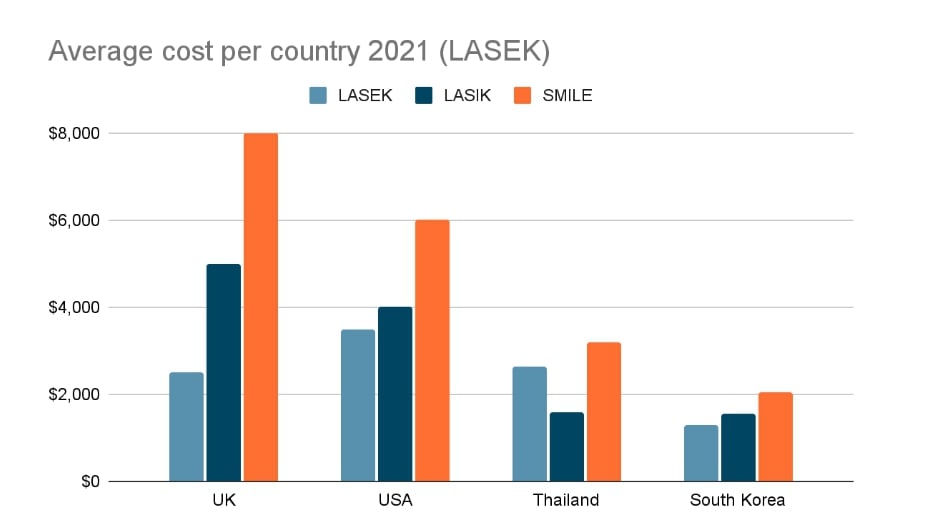
The price of LASEK, LASIK and SMILE is orders of magnitude more expensive in all developed countries on our list and even more expensive in countries that are regarded as more affordable, like Thailand. When taking into consideration the fact that Korea boasts one of the most technologically advanced medical industries in the world, it is quite surprising that vision correction is so much cheaper in Seoul. Also if you consider the fact that 80% of the Korean population is University educated it seems almost impossible that prices are cheaper than all other developed countries, AND the service and quality is regarded as world class.
Why is Laser Eye Surgery in Korea so Cheap?
So we need to ask ourselves why is eye surgery so cheap in Seoul? We briefly mentioned it in the paragraph above. Korea is a highly developed and highly skilled country. Because of this the city of Seoul has thousands of eye clinics all concentrated in a small area. This is great for the customer as it drives down prices and allows people to shop around for clinics that they like.
Another reason why Korea is so great for medical procedures and especially vision correction, is the sheer amount of procedures that are performed in a year in Korea. This allows the country to improve their medical knowledge and skills. An example of this is the AI that has been developed at B&VIIT vision correction center. The AI uses the data of over 500,000 previous corrective surgeries in order to make very accurate assessments on the type of procedure necessary for each person.
Frequently Asked Questions
How much does LASIK eye surgery cost in Korea?
The cost of LASIK surgery in Korea typically ranges from 1.5 million won to 3.5 million won (approximately $1200 to $3000 USD). This price generally includes pre-operative evaluations, the surgical procedure itself, and post-operative care. Prices can vary based on the clinic's reputation and the type of technology used.
Are there any hidden costs associated with laser eye surgery in Korea?
Generally, the quoted price for laser eye surgery in Korea should cover all necessary aspects of the procedure, including pre- and post-operative assessments. However, it's important to ask your chosen clinic for a detailed breakdown of costs. Additional charges might apply for medications, special eye drops, or unplanned follow-up visits.
Can insurance cover any part of the cost for laser eye surgery in Korea?
In many cases, laser eye surgery is considered an elective procedure and not covered by standard health insurance, either domestic or international. However, some private health insurance plans or health benefits at work may offer partial coverage or allowances for vision correction procedures. Always check with your insurance provider for specific details related to your coverage.




